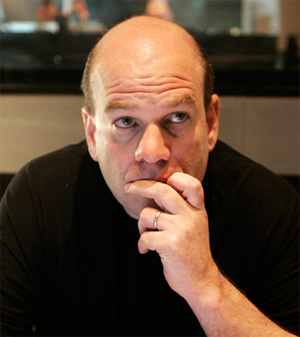I found a fascinating article about an interview with David Simon, the creator of the HBO drama series The Wire. He talks to a panel about how the War on Drugs has affected the town of Baltimore. He argues the same position we discussed in class, which is that prisons are a convenient and profitable way to wipe crime off the streets.
“Capitalism,” Simon said, “has tried to jail its way out of the problem” with the result that “the prison industry has been given over to capitalism. If we need to get rid of these people, we might as well make some money out of getting rid of them.”
This quote made me realize how much capitalism has permeated every facet of living. America's capitalist structure allows people to make money off of wars, prisons, and even certain ideas, such as catchphrases and art.
The people who receive the most money from these business deals, however, are never the people you expect to benefit from capitalism. High-powered military contractors make huge sums of money off of creating weapons, while soldiers can hardly get benefits
The title of this post comes from a controversial quote Simons said:
The war is about the disposal of what Simon called, in his most unforgiving but cogent term, “excess Americans”: once a labour force, but no longer of use to capitalism. He went so far as to call the war on drugs “a holocaust in slow motion”.
Do you agree with David Simon? Will we eventually see an entire set of America gone if we continue the war on drugs?








